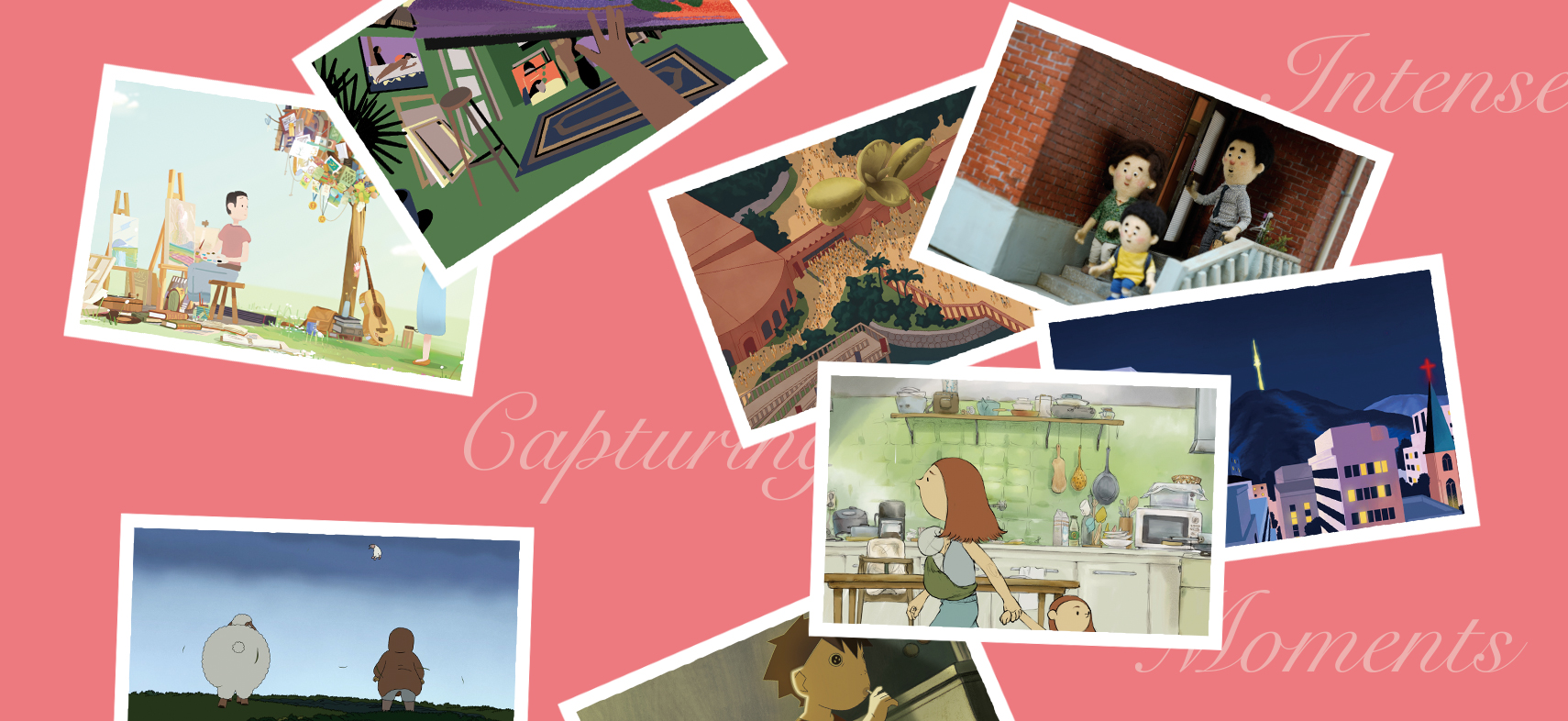October 2021

October 2021
Animation is less mainstream than live-action films. This makes independent animation essentially a non-mainstream genre wrapped in a non-mainstream format. Nevertheless, independent animation captures intense moments of our lives in short cinematic bursts.
Written by
Nah Ho-won,
independent animation director
Photo courtesy of
Korea Independent
Animation Filmmakers
Association & Aniseed

Like other art forms, Korean independent animation has its characteristic “movements.” Here, “movement” refers not merely to aesthetics, but to proactive social or political practice. In Korea, it was not until the late 1980s and early ’90s, when society was democratizing, that animation gained attention―or was discovered, perhaps―as a way of communication with the public. That’s how Korean independent animation started. Right out of the burning furnace, Korean animation dealt in the anguish, social criticism and satire unique to the era.
In the eyes of some audiences, Korean independent animation from the period was difficult to understand, ambiguous and preachy, but the crude environment at the end of the 20th century was partly to blame for this. Creators took an abstract, almost metaphysical approach to their art. This is because 20 years ago, a creator’s first animated film was also most likely his last. Making an animation was rarely followed by continuity or durability, let alone exchanges with fellow creators or the formation of communities.
As time passed, exciting changes happened. Surviving creators formed groups, most notably the Korea Independent Animation Filmmakers Association (KIAFA), and they went on to launch festivals like “Indie-Anifest” that won critical acclaim in Korea and abroad. What’s most amazing is that talented creators are no longer one-hit wonders as the number of animation directors who engage in creative activities continues to rise. There are more than 30 animation directors who have continued to make unique―and excellent―independent animation films.
 Indie animation continues to broaden its communication with audiences through film festivals, online screenings and the like.
Indie animation continues to broaden its communication with audiences through film festivals, online screenings and the like.
Audiences worldwide praised director Oh Seo-ro’s animations “Afternoon Class,” which deals with lethargy in afternoon class, and “(OO),” which describes the happenings of someone with rhinitis. The animator went beyond his forte―humor―to develop compelling storylines.
Director Kang Min-ji thinks deeply about what animation can be made with what materials, reinterpreting the basic principles of animation to define the genre anew. Her animation “Belongings” captivates audiences with its depiction of the human condition.
Animator Erick Oh worked at major studio Pixar, but continued to make his own independent short films. His works remain faithful to the “movement” character of independent animation, but turned it into a musical language. At times, he has tried to straddle the frontier between the mainstream and independent. The Oscar-nominated short animation “Opera” epitomizes Oh’s world. You can find all three directors’ works online.
 Indie-Anifest is a celebration of independent animation.
Indie-Anifest is a celebration of independent animation.
Talented creators are no longer one-hit
wonders as the number of animation directors
who engage in creative activities continues to rise.
As animators came to accumulate expertise and experience, they began to present untold stories of all age groups. What started out with stories told by creators in their 20s moved on to stories told by creators in their 30s, 40s and beyond. This means animated films continue to set new records. As creators grow older and become mature, their films are naturally imbued with the depth of their lives.
You can experience Korean independent animation anytime, anywhere. For example, you can watch Korean independent animated films even on buses or subways. You can find Korean independent animation not only on the red carpet, but in places closer than you think―and that’s the real charm of Korean independent animation.